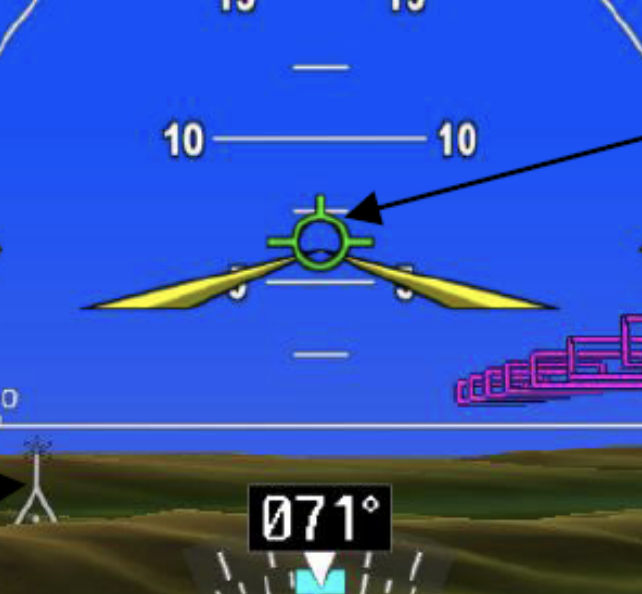
After stalls, steep turns are the most common feared maneuvers, so let’s talk about them. The funny part is that even in the airlines, most pilots hate to do them.
What is a steep turn, and what are the secrets to a successful maneuver?
A steep turn is a performance maneuver consisting of usually a left and right turn, 360° in each direction. While a 45-60° turn is considered a steep turn by the Airplane Flying Handbook, in accordance with the Airmen Certification Standards (ACS) they must be done at 45° plus or minus 5° for a Private Pilot.

What are we trying to demonstrate with a Steep Turn? Well as we increase the bank angle, we increase our wing loading. This is felt as G – Forces by the pilot. We also are exposed to the aircraft over-banking tendencies. Because of the higher wing loading and decreased vertical component of lift, we must also add power, and increase back pressure. Without a proper technique, this maneuver can go sideways very quickly.
Don’t forget we still have to continue to maintain altitude, airspeed, all while scanning for traffic and maintaining situational awareness on when to stop the turn.
Here is the recipe for success to complete steep turns in both the Cessna 172 and the Diamond DA40.
For both aircraft we want to pick a visual reference outside easy enough to remember to stop the turn once the 360° are complete. There we want to trim the aircraft for handoff straight and level flight.
For the Cessna – we use 2200RPM, this gets us close to maneuvering speed. After clearing for traffic, we begin by doing almost everything simultaneously. Begin the bank add 100RPM and trim 2 nose up inputs. Now all we do is fine tune. If we see the aircraft climb, increase bank slightly, and vise versa. Having the airplane trimmed makes the turn a lot easier and frees up head space to maintain altitude, correct the bank, and scan for traffic. When you get to the starting point you have to apply nose down pressure until you increase the load factor again. Once the second turn is complete, as you approach the reference begin to decrease bank angle, apply 2 nose down inputs and reduce the 100 RPMs. If done correctly and there is no wind you might even feel you own wake.
For the Diamond – the same principle applies. The biggest difference is the use of the Flight Path Angle in the G1000. If you place the Green miniature airplane on the horizon bar, the airplane will maintain altitude all the way around. See below.

An old trick! Using a grease pencil once the aircraft is straight and level mark a + on the windshield right in front of your eyes on the horizon. Keep the + on the horizon while you do the maneuver, and the airplane will no loose or gain any altitude.
Here are the common errors for steep turns:
· No clearing turns
· Inadequate pitch control on entry and exit
· Gaining or loosing altitude
· Failure to maintain the proper bank angle
· Poor coordination
· Ineffective use of the trim
· Ineffective use of the power
· Failure to maintain airspeed
· Disorientation
· Performing the maneuver using instruments rather than visual references
· Failure to scan for traffic during the maneuver
· Premature recovery
· Failure to stop the turn on the designated heading
· Over correcting pitch inducing oscillation
Submit a Comment